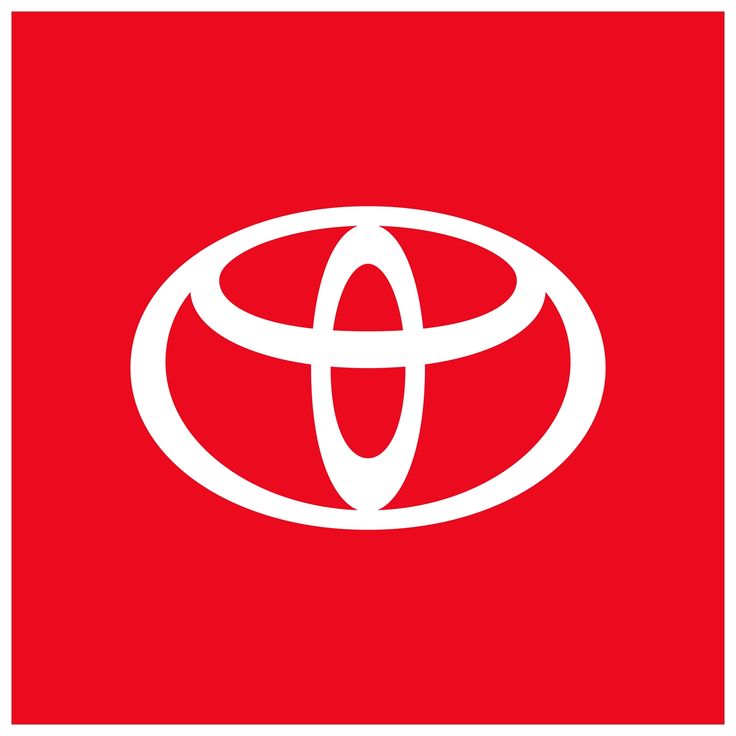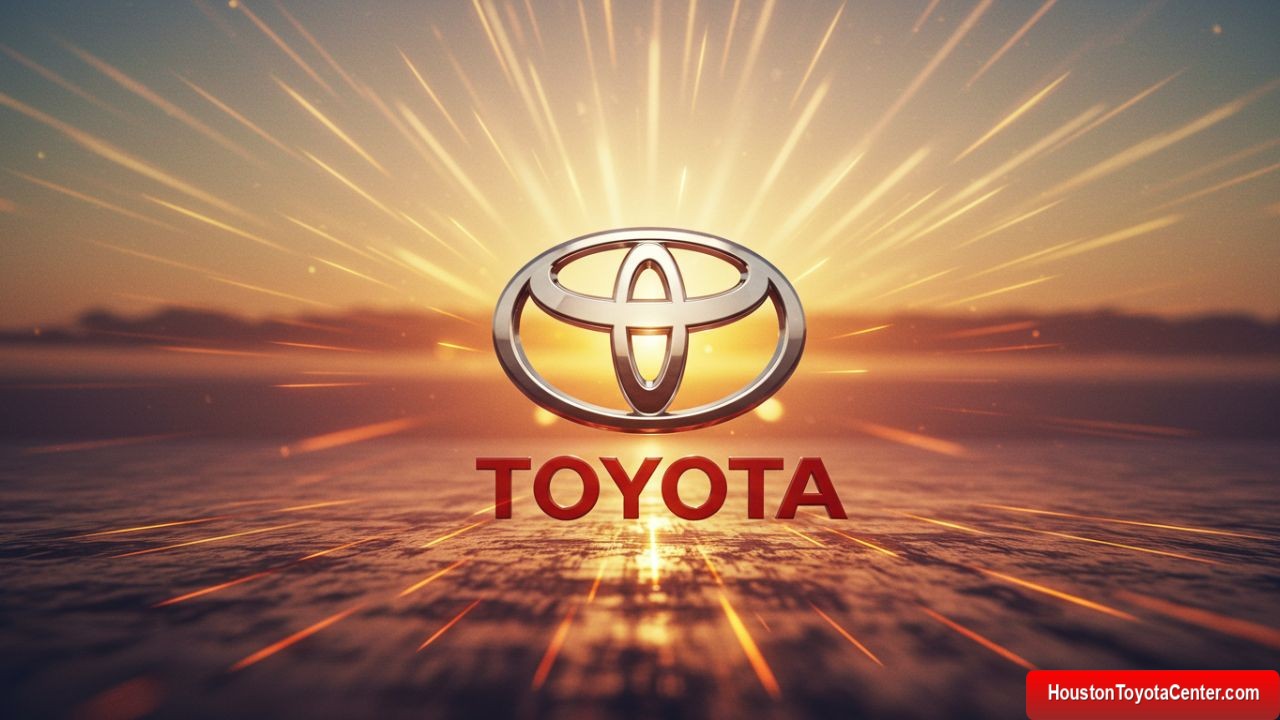For decades, Toyota Motor Corporation has been synonymous with reliability, durability, and quality in the automotive industry. From the compact Corolla to the rugged Hilux, Toyota’s vehicles are celebrated for their ability to withstand the test of time, often outlasting competitors by hundreds of thousands of miles. This reputation is no accident—it is the result of meticulous engineering, innovative manufacturing philosophies, and a corporate culture obsessed with continuous improvement. In this article, we explore the strategies, systems, and principles that enable Toyota to maintain its unparalleled standing as a global leader in automotive reliability.
1. The Toyota Production System (TPS): The Backbone of Quality
At the heart of Toyota’s success lies the Toyota Production System (TPS), a manufacturing methodology developed in the 1940s and refined over generations. TPS is built on two foundational pillars: Just-In-Time (JIT) production and Jidoka (automation with a human touch).
- Just-In-Time Manufacturing
JIT minimizes waste by producing only what is needed, when it is needed, and in the exact quantity required. This reduces inventory costs, eliminates overproduction, and ensures defects are caught early. For example, if a component fails quality checks, the entire production line stops immediately, preventing defective parts from progressing downstream. - Jidoka: Quality at the Source
Jidoka empowers workers to halt production if an issue is detected, ensuring problems are resolved at their root. This philosophy prioritizes quality over quantity and fosters accountability. A classic example is Toyota’s assembly lines, where every employee acts as a quality inspector, not just a assembler.
Comparison of TPS vs. Traditional Manufacturing
| Aspect | Toyota Production System | Traditional Manufacturing |
|---|---|---|
| Inventory Management | Minimal stock (JIT) | Large inventories |
| Defect Handling | Immediate resolution (Jidoka) | Post-production inspection |
| Employee Role | Active problem-solvers | Task-focused laborers |
| Efficiency Driver | Waste reduction (Lean) | Output maximization |
By integrating TPS into every facet of its operations, Toyota ensures consistency, reduces variability, and embeds reliability into its DNA.
FREE: Quickly identify and understand problems with your vehicle 🚘
CLICK HERE2. Rigorous Quality Control Measures
Toyota’s commitment to reliability extends far beyond the factory floor. The company employs a multi-layered quality control process that spans design, prototyping, production, and post-launch monitoring.
Testing Beyond Industry Standards
Before any vehicle reaches consumers, it undergoes brutal testing regimes. For instance, the Toyota Hiace van was driven over 100,000 kilometers across Australian deserts, Arctic tundras, and Himalayan roads to simulate decades of wear in months. Such extremes ensure components like engines, transmissions, and suspensions perform flawlessly under stress.
Toyota’s Testing Phases
| Phase | Duration | Key Objectives |
|---|---|---|
| Design Validation | 12–18 months | Simulate crashes, aerodynamics, and fatigue |
| Prototype Testing | 6–12 months | Real-world durability and safety checks |
| Pre-Production | 3–6 months | Refine manufacturing processes |
| Post-Launch Monitoring | Ongoing | Track field performance and customer feedback |
Additionally, Toyota uses advanced technologies like 3D simulations and AI-driven predictive analytics to identify potential failures before physical prototypes are built.
3. Supplier Relationships: The Keiretsu Advantage
Toyota’s reliability is also a product of its symbiotic relationships with suppliers. The company pioneered the keiretsu model—a network of closely allied suppliers treated as long-term partners rather than disposable vendors.
Key Supplier Criteria
| Criterion | Description |
|---|---|
| Technical Expertise | Mastery of materials and manufacturing tech |
| Quality Compliance | Adherence to Toyota’s zero-defect standards |
| Innovation Capacity | Ability to co-develop cutting-edge solutions |
| Cost Efficiency | Commitment to mutual cost reduction |
Suppliers like Denso and Aisin Seiki collaborate with Toyota’s engineers from the design phase, ensuring components meet exact specifications. This integration reduces defects and accelerates problem-solving.
4. Kaizen: The Culture of Continuous Improvement
Kaizen (改善), meaning “continuous improvement,” is ingrained in Toyota’s corporate culture. Every employee—from factory workers to executives—is encouraged to identify inefficiencies and propose solutions.
- Annual Suggestions: Toyota receives over 1 million employee suggestions yearly, with 90% implemented.
- Case Study: A worker at the Tsutsumi plant redesigned a tool storage system, reducing retrieval time by 50%.
Impact of Kaizen
| Initiative | Before Kaizen | After Kaizen | Outcome |
|---|---|---|---|
| Assembly Line Setup | 15-minute tool changes | 3-minute tool changes | 12% productivity increase |
| Paint Shop Waste | 10% material waste | 3% material waste | $2M annual savings |
This relentless pursuit of incremental gains ensures Toyota’s processes and products evolve constantly.
5. Customer-Centric Feedback Loops
Toyota treats customer feedback as a critical input for improvement. The company monitors complaints, warranty claims, and social media sentiment to identify emerging issues.
Feedback Channels
| Channel | Function |
|---|---|
| Dealer Networks | Direct reporting of mechanical issues |
| Online Surveys | Post-purchase satisfaction data |
| Social Media | Real-time sentiment analysis |
| Quality Hotlines | Dedicated lines for defect reporting |
For example, customer reports about unintended acceleration in the 2000s led to enhanced brake-override systems across Toyota’s fleet.
6. Investment in R&D and Innovation
Toyota allocates nearly $10 billion annually to R&D, focusing on technologies that enhance longevity. The company’s hybrid systems, exemplified by the Prius, are engineered to last over 300,000 miles with minimal battery degradation.
Milestones in Toyota’s R&D
| Year | Innovation | Impact on Reliability |
|---|---|---|
| 1997 | Prius Hybrid Synergy Drive | Pioneered durable hybrid powertrains |
| 2002 | GOA (Global Outstanding Assessment) | Enhanced crash safety and structural integrity |
| 2020 | TNGA (Toyota New Global Architecture) | Standardized modular platforms for consistency |
7. Case Studies: Models That Define Reliability
- Toyota Corolla: With over 50 million units sold, the Corolla’s simple design and robust engineering make it the world’s best-selling car.
- Toyota Tacoma: This pickup boasts a 95% 10-year survival rate, thanks to its reinforced frame and corrosion-resistant materials.
Reliability Comparison (2023)
| Model | Avg. Mileage Before Major Repair | 10-Year Survival Rate |
|---|---|---|
| Toyota Corolla | 250,000 miles | 89% |
| Honda Civic | 220,000 miles | 82% |
| Ford Focus | 180,000 miles | 72% |
8. Handling Recalls with Transparency
Even Toyota faces occasional recalls, but its response strategies reinforce trust. During the 2009–2011 unintended acceleration crisis, Toyota recalled 9 million vehicles, overhauled its electronic systems, and implemented a North American Quality Advisory Panel to regain consumer confidence.
Major Recalls and Outcomes
| Year | Issue | Vehicles Affected | Resolution |
|---|---|---|---|
| 2009 | Unintended Acceleration | 9 million | Redesigned pedals, added brake override |
| 2014 | Airbag Inflators | 2.3 million | Partnered with Takata for replacements |
9. Future-Proofing Reliability
Toyota is investing heavily in electrification, hydrogen fuel cells, and AI-driven predictive maintenance. Its Woven City initiative—a prototype “city of the future”—will test autonomous vehicles and smart infrastructure in real-world conditions.
Conclusion
Toyota’s reputation for reliability is the culmination of decades of disciplined execution, innovation, and an unwavering focus on the customer. By marrying timeless principles like Kaizen and Jidoka with cutting-edge technology, Toyota continues to set the global standard for automotive excellence. As the industry shifts toward electrification and autonomy, Toyota’s commitment to quality ensures it will remain a beacon of reliability for generations to come.


Leave a Reply